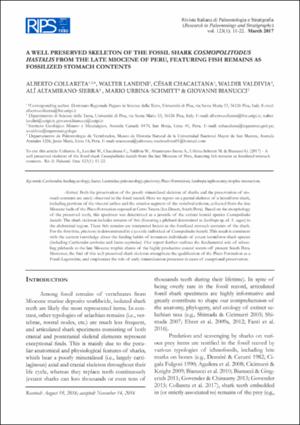Please use this identifier to cite or link to this item:
https://hdl.handle.net/20.500.12544/723Files in This Item:
| File | Description | Size | Format | |
|---|---|---|---|---|
| Collareta-A_well_preserved_skeleton.pdf | Artículo indizado | 4.58 MB | Adobe PDF | View/Open |
This item is licensed under a Creative Commons License












